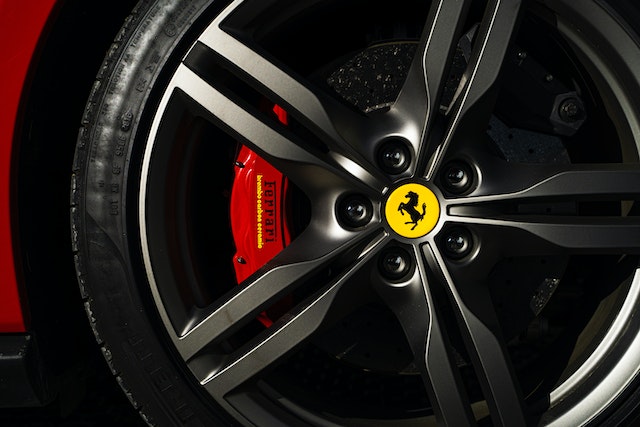You’ve probably thought about the best and worst parts of your planned excursion. Your towing mirrors are set up, your solar blankets are in the trunk, your LED lights are securely fastened to the roof, and your bike carrier is loaded into the racks. You have your power tools, air compressor, and pressure washer packed, as well as marine gasoline for the boat and all the accessories for your twin battery pack, ready for the off-roading adventure of a lifetime. Knowing everything you can about the towing brakes and braking equipment is essential before you attempt to hitch up your trailer or caravan to your vehicle. Among these is the fact that they are essential for the security of one’s trips.
Towing and braking controls should be of high quality. You probably already know that it takes more than just the brakes on the tow vehicle to bring both the car and its trailer to a complete stop promptly. When you factor in the load and the speed of the trailer, you can see that it needs to contribute some of its braking power. The trailer’s redarc brake controller does this job, and there are two main kinds: electronic brakes, which don’t need a power connection from the tow vehicle and surge brakes, which rely on inertia to slow down automatically. Surge (or overrun) brakes work on a straightforward premise.

The tow ball is linked to a sliding shaft in the connection. As the vehicle slows, the sliding shaft pushes against a mechanical linkage (mechanical brakes) or a link attached to a hydraulic cylinder, generating hydraulic pressure on the braking system (hydraulic brakes). These are common on travel trailers and watercraft trailers. To slow down, electric trailer brakes use electromagnetic brake drums to generate attrition. While surge brakes can be used without the tow vehicle’s power, electric trailer brakes require a connection to that power and regulation by a brake control unit or electric brake controller.

What is a brake controller? A brake controller is a specialised piece of electrical equipment that allows the electric brakes on a trailer to be activated and managed. This device may be attached to the trailer. The interface, which is typically installed in the cab where the driver has easy access to it, and the centre section, which is in charge of applying the trailer’s brakes, are the two primary components of a brake controller. The interface is typically mounted in the cab. There are electronic brake controllers that are non-proportional, time-based, proportional, and inertia-based respectively.
How do earlier brake controllers function? When the driver applies the brakes, older, non-proportional electric brake controllers are triggered and apply a constant, predetermined amount of force over time. The problem with this type of brake controller is that the trailer brakes will always react in the same way, regardless of how hard or how gently the driver presses on the brake of the towing vehicle.





